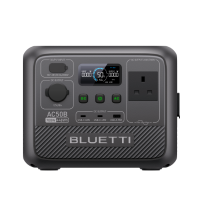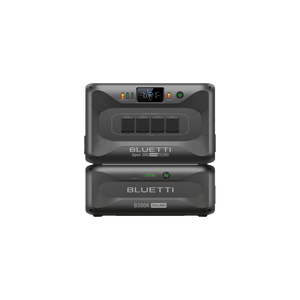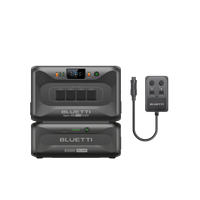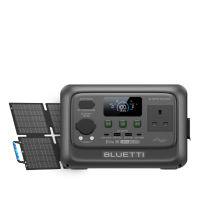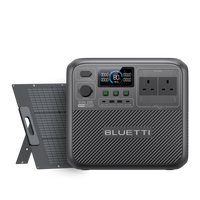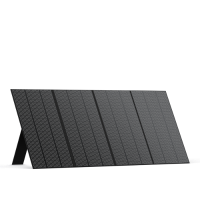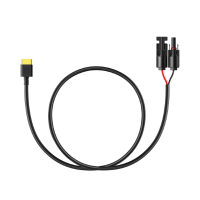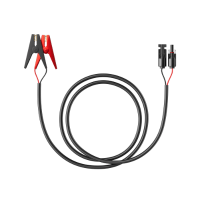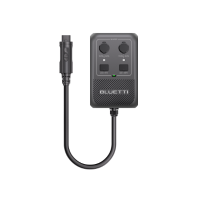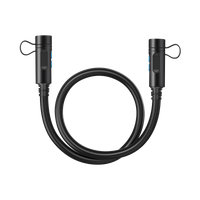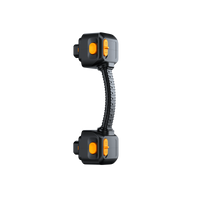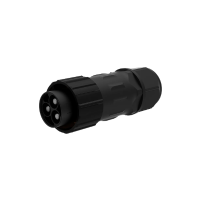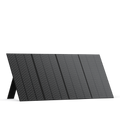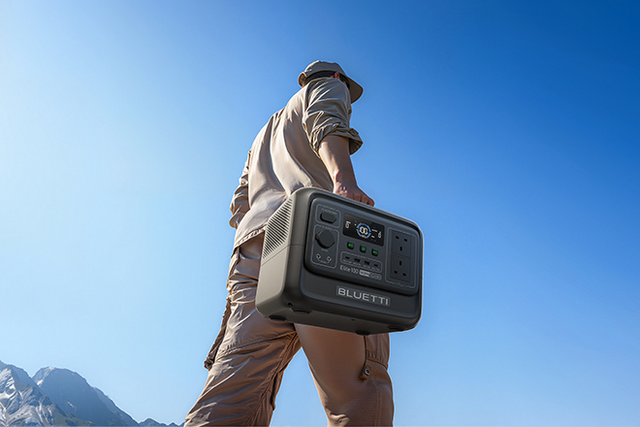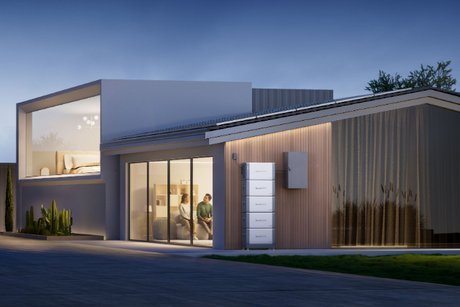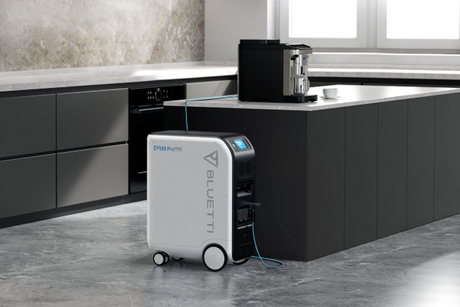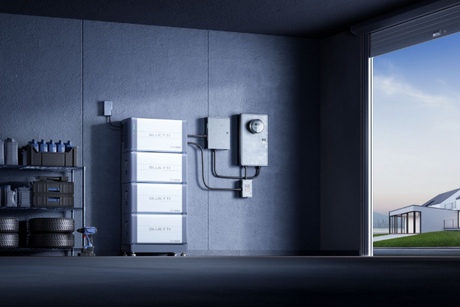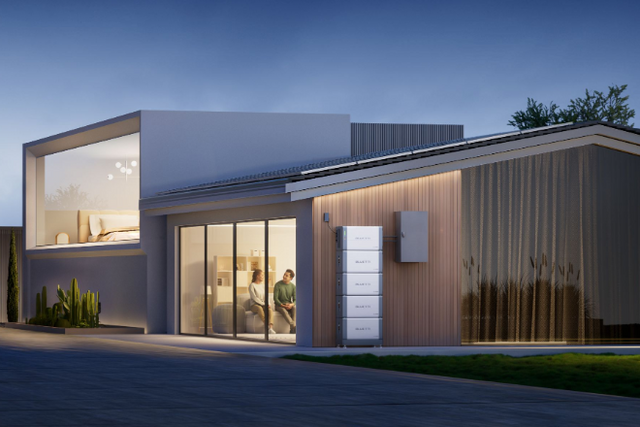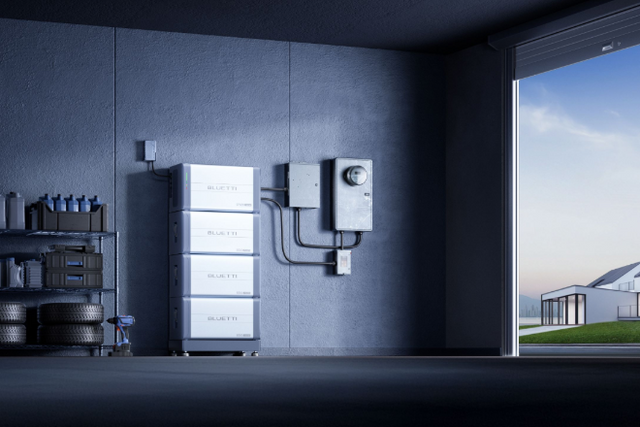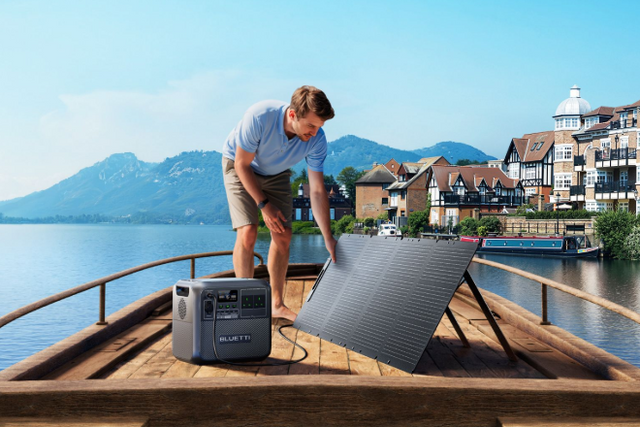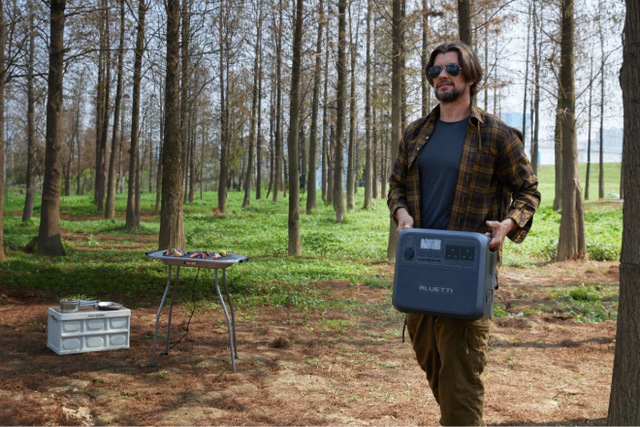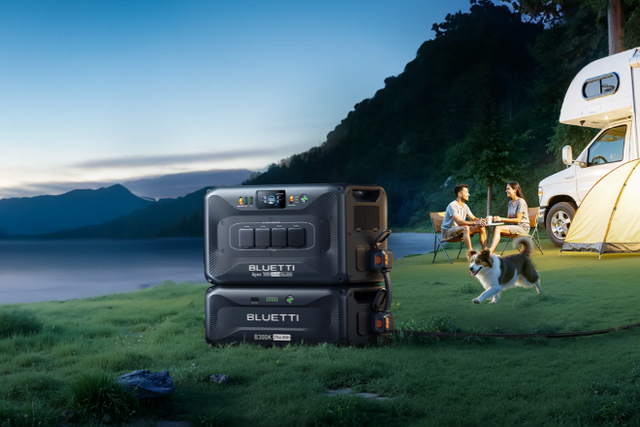
1. Introduction
Back in April, the Iberian Peninsula suffered a massive 14-hour power outage that rocked Spain, Portugal and parts of southwestern France. Largely blamed on grid instability and issues with the integration of renewable energy, the blackout caused widespread disruption in the region, with millions affected as business operations ceased and flights and trains were brought to a complete standstill.
As those countries scramble to shore up their systems, closer to home the question of whether the UK may face something similar has emerged. This may sound dramatic, but when we take a close look at the facts, we can see these fears are actually grounded in reality.
Most of us will agree that switching to wind and solar is the right move. Fast, clean, and essential for beating climate change, renewables offer a wealth of benefits. Yet this shift introduces new dynamics that can pose serious issues for an underprepared grid.
2. What Happened in Iberia?
The blackout came down to a technical kink that had big knock-on effects. A frequency fluctuation at a key interconnector triggered safeguard systems, isolating parts of the grid to stop worse damage. Subsequently, the issue wasn’t contained, and power failures cascaded across national borders.
What made it worse was the fact the renewables failed to respond. Solar panels and wind turbines couldn’t instantly boost output, limiting the speed of the grid’s recovery. With green energy supplying around a third of the region’s power mix, that response lag proved to be extremely costly.
Mirror the situation to the UK, and there are clear parallels. Here, we’re riding the wave of green energy adoption with renewables now making up roughly 40% of our electricity output.
In one sense this is extremely promising as it demonstrates the country’s willingness to adopt a sustainable approach. But rapid growth in renewables needs to be matched with upgrades in grid flexibility, storage and intelligent demand management,which sadly hasn't kept up pace.
Some parts of our grid still run on older control systems. While we have interconnectors and large-scale storage options, the rapid deployment of household solutions is equally critical. This is where technologies like BLUETTI's portable power stations and expandable batteries prove their value, offering immediate backup power and enhancing overall grid resilience from the ground up.

If such resilience is not achieved, a Spanish-style problem on home shores could escalate quickly.
3. Widespread Disruption
If the UK were to suffer from a similar power outage, as was the case on the continent, the ramifications would reach far beyond the usual inconvenience.
Trains depend on electrified signalling, so if the power cuts out, the railways come to a grinding halt. Likewise, airports need electricity for everything from radar to boarding so flights would be grounded indefinitely.
Traffic lights would black out, supermarkets would lose refrigeration and even hospitals would have to rely on backup generators.
From shopping to healthcare, work to travel, every corner of our daily routine would be affected. Businesses would lose productivity and critical services could be strained.
But while it’s certainly wise to acknowledge the risk, this is only half the challenge. The real work happens in planning and execution to help prevent a catastrophic blackout.
National Grid and Ofgem have made progress with reserve markets and fast-response technologies. Smart meters and flexible consumption measures are rolling out. But much of this remains too small-scale and too slow. We’ve seen progress, but we need more.
If we’re serious about marrying clean energy ambitions with airtight reliability, we must start to accelerate upgrades across the board. That means scaling battery storage, ensuring redundancies in control systems, and working with innovative energy firms to future-proof our grid.
In this regard, home energy storage products from companies like BLUETTI offer valuable insights. For instance, the BLUETTI Apex 300 power station can serve as a plug-and-play device or be configured for whole-home backup. With 3,840W output power and parallel expansion capability up to 11,520W, it can provide sustained power during outages. Such lithium-powered emergency power sources, particularly models capable of supporting refrigerators and medical equipment for days, become effective tools for dealing with sudden blackouts.

Furthermore, when paired with solar charge controllers like the BLUETTI SolarX 4K, they enable more efficient green energy utilization by charging storage batteries with solar power.

Public support matters too. Understanding why it sometimes makes sense to shift domestic or even commercial energy use will help smooth out peaks and reduce strain. For instance, encouraging customers to use more energy at off-peak hours is just one way of not just educating the public on efficient energy use but also reducing the pressure on the grid.
It’s entirely possible to be green and secure. Moving forward, the goal should definitely not be to slow down on renewables. We just need to ensure that everything we build has the resilience to support the transition. That means harnessing technology, incentivising smarter behaviour among the public and thinking hard about how consumers and companies can work together.
Europe’s blackout should serve as a warning, not a prophecy. We still have time to learn from it and act before we suffer a similar incident. But it’s a warning we should heed, nevertheless.
This post was written by Darryl Rigby, Content Writer at TradeSparky, a UK-based electrical wholesaler and supplier of solar power panels and batteries.


